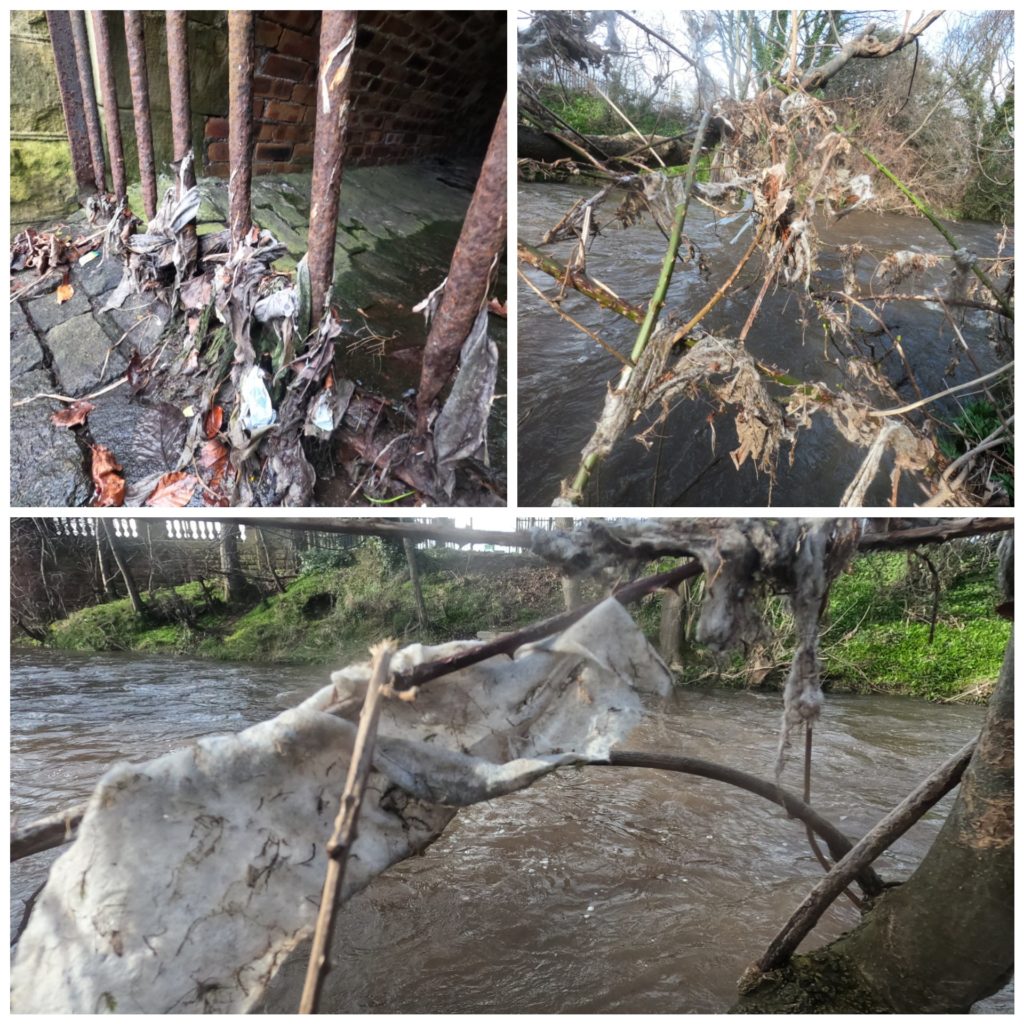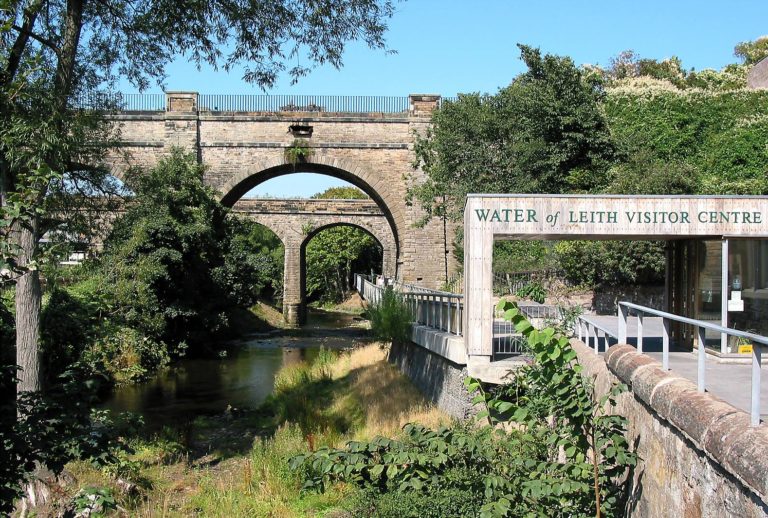As #COP26 draws to close we are thinking of how climate change will affect the Water of Leith in the years to come. Water quantity and quality will bear the brunt of the impact which will affect all the resident animal & plant life and US, as the rivers users and residents.
More extreme weather causes intense precipitation events leading to flash flooding – the Water of Leith is very susceptible to this as over 50% of the catchment is urbanized. We have already seen this happen on a number of occasions recently with river levels rising by up to a meter in less than an hour, putting pressure on the existing flood defenses. What if these peak flows were higher and more intense – would the defenses hold?
Stormwater also impacts on water quality as our sewage network overflows, causing raw sewage and other waste to discharge onto rivers – not just poo and pee but also all household chemicals, cleaning products, wipes and fats from washing up. There are around 150 Combined Sewer overflows in the Water of Leith Catchment. Should we really be treating the river like a high speed drain though our city?
Longer periods of drought conditions will mean sustained low flow in the river and warmer conditions for aquatic life to cope with. Low river levels also leads to a buildup of pollution and high nutrient levels. This can cause toxicity and algal blooms – in my 20 years working on the river I saw my first bloom in the river in Leith this September, with the whole area smelling of sulphur.
But explaining the impact is not enough. What can we do as individuals and organizations to tackle this on top of reducing emission of CO2
- STOP using toxic chemicals in our homes
- STOP using and flushing wipes and sanitary waste down our toilet
- STOP building on flood plains and look for opportunities to reinstate ‘floodable’ land
Here at the Trust we plan to look to the future and in the Rivers Management Plan we have a section on Resilience to Climate Change with following key actions:
- Explore opportunities in the upper catchment to minimise flood risk and maximise water resources through the creation of floodplain habitats and the attenuation of water in the wider landscape
- Recommend and promote landscape management and land-use planning strategies to
- achieve conservation, restoration or reduce carbon loss and increase the amount of carbon stored in vegetation and soils
- Explore opportunities for woodland creation within the catchment to support carbon storage
- Increase sustainable travel routes through improvement to the Walkway and recreation actions
- Look for ways to reduce pressures from climate change on the river and its wildlife, and build resilience by: Removal of invasive non-native species. Implementation of natural solutions to reduce urban sprawl (i.e. Tree planting, green buffer zones and infrastructure). Leveraging more habitat availability and connectivity. Tackling issues of over grazing and pollution
You can find out more: https://www.waterofleith.org.uk/management/



